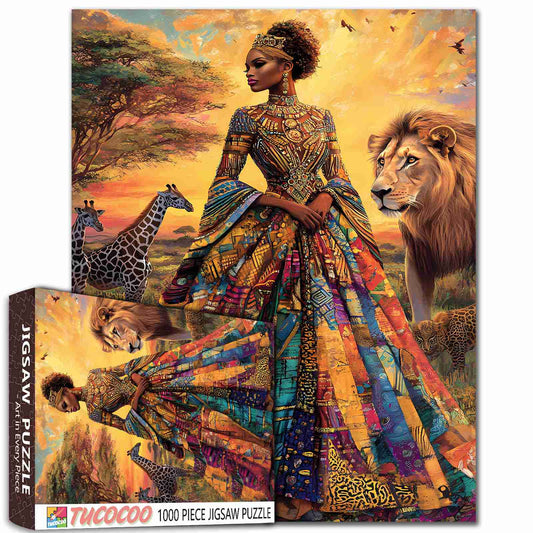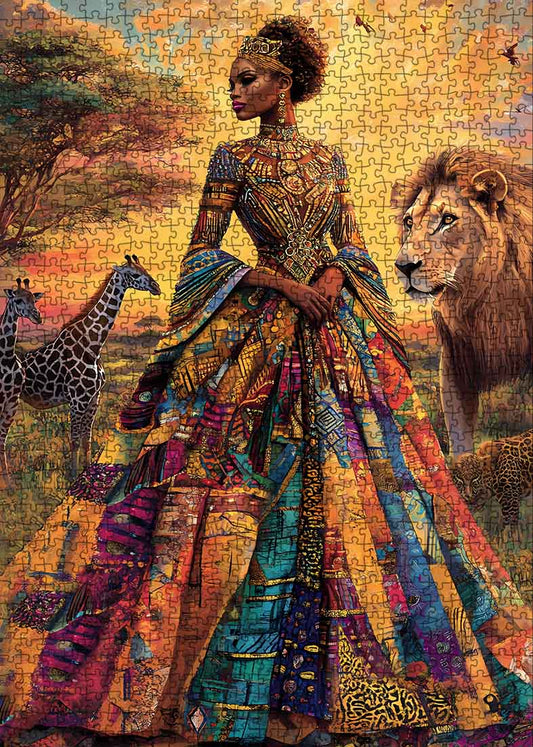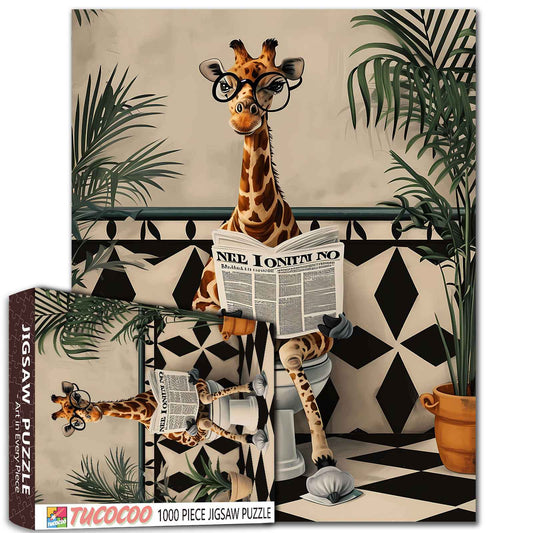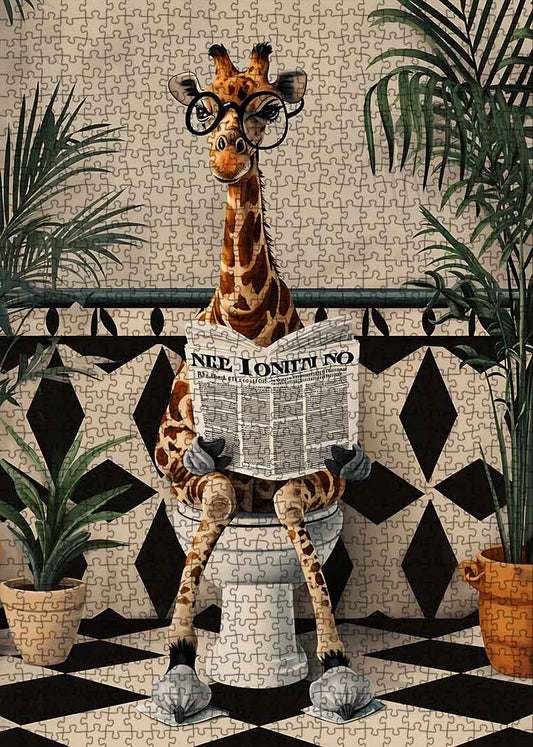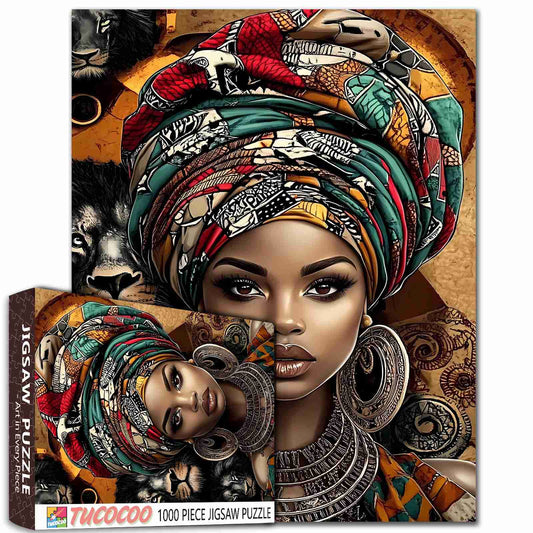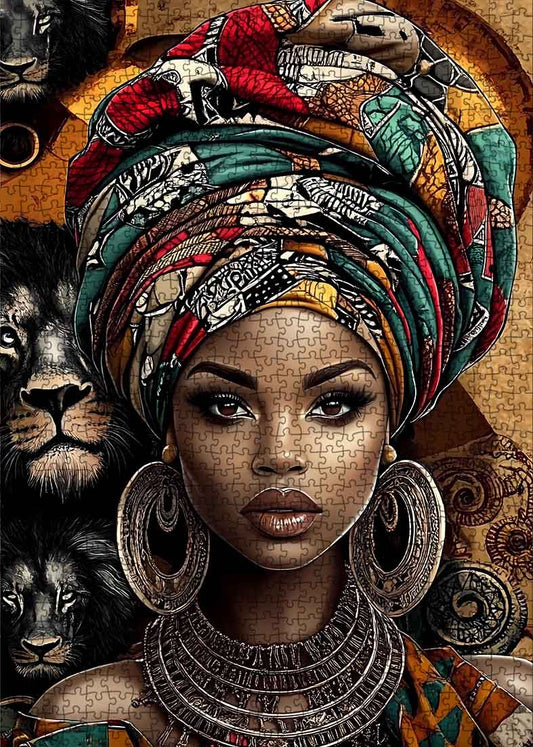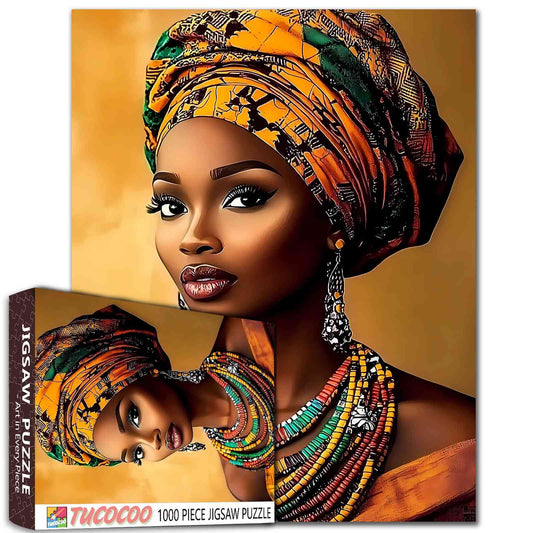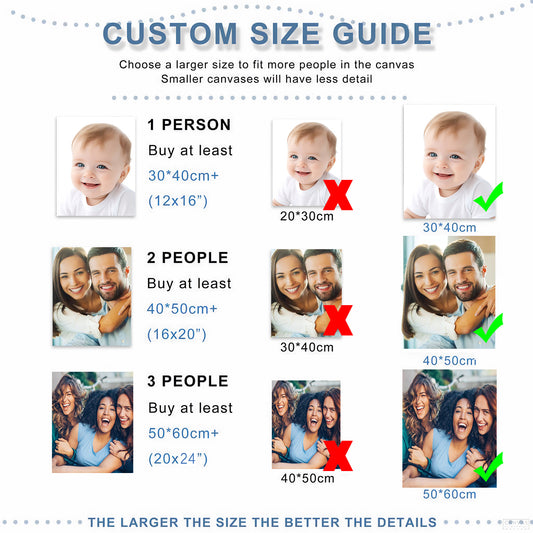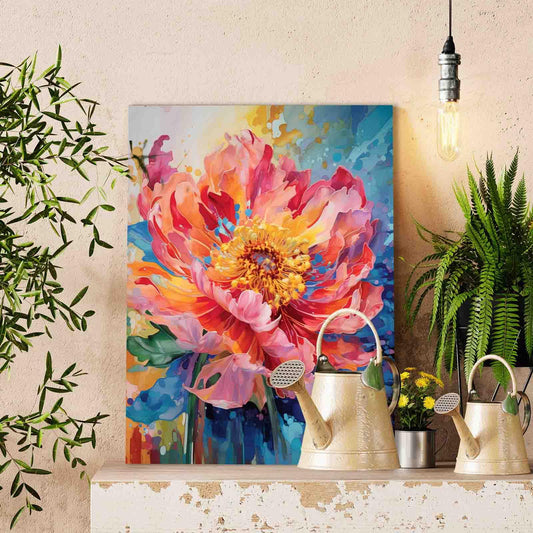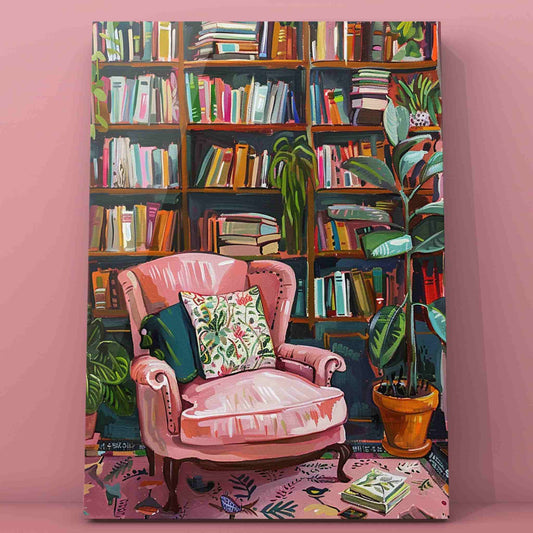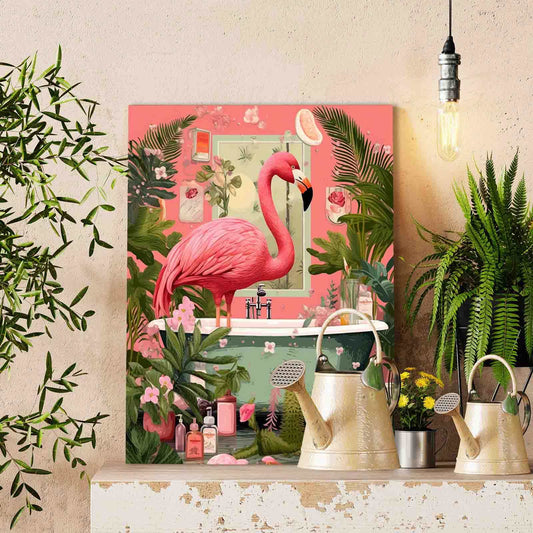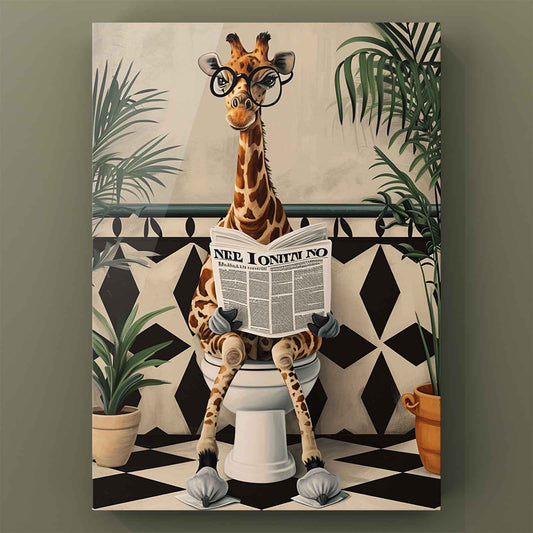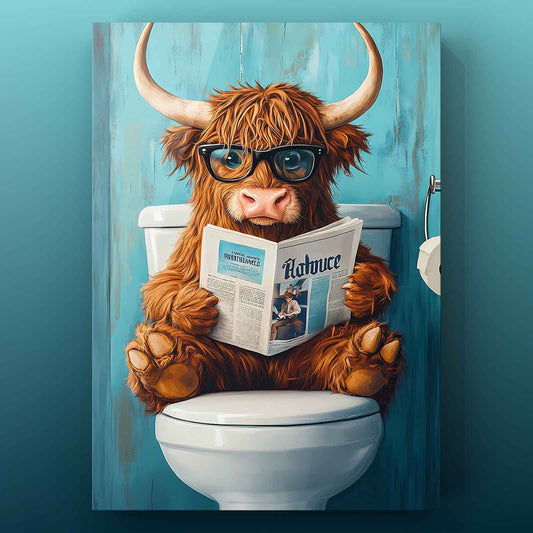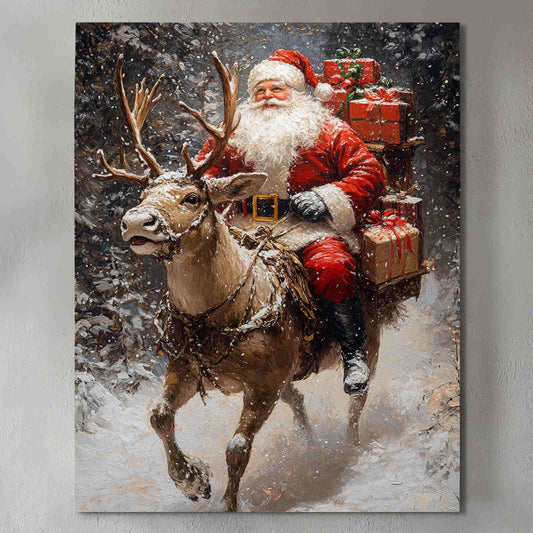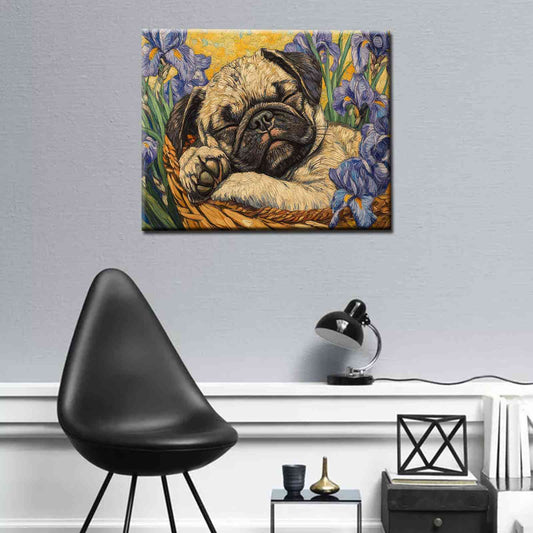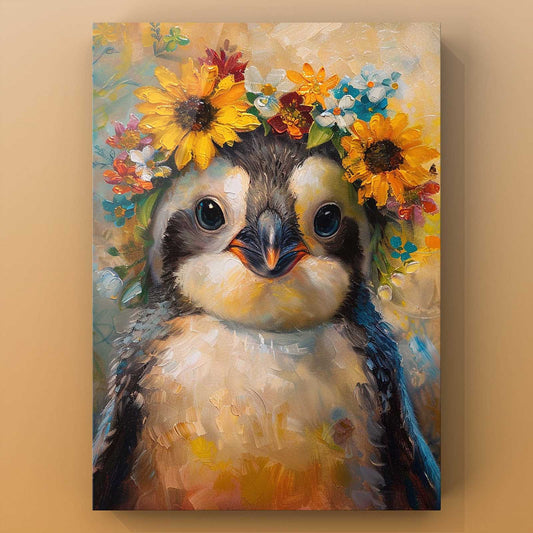
What is Pop Culture Art and Why It Matters Today
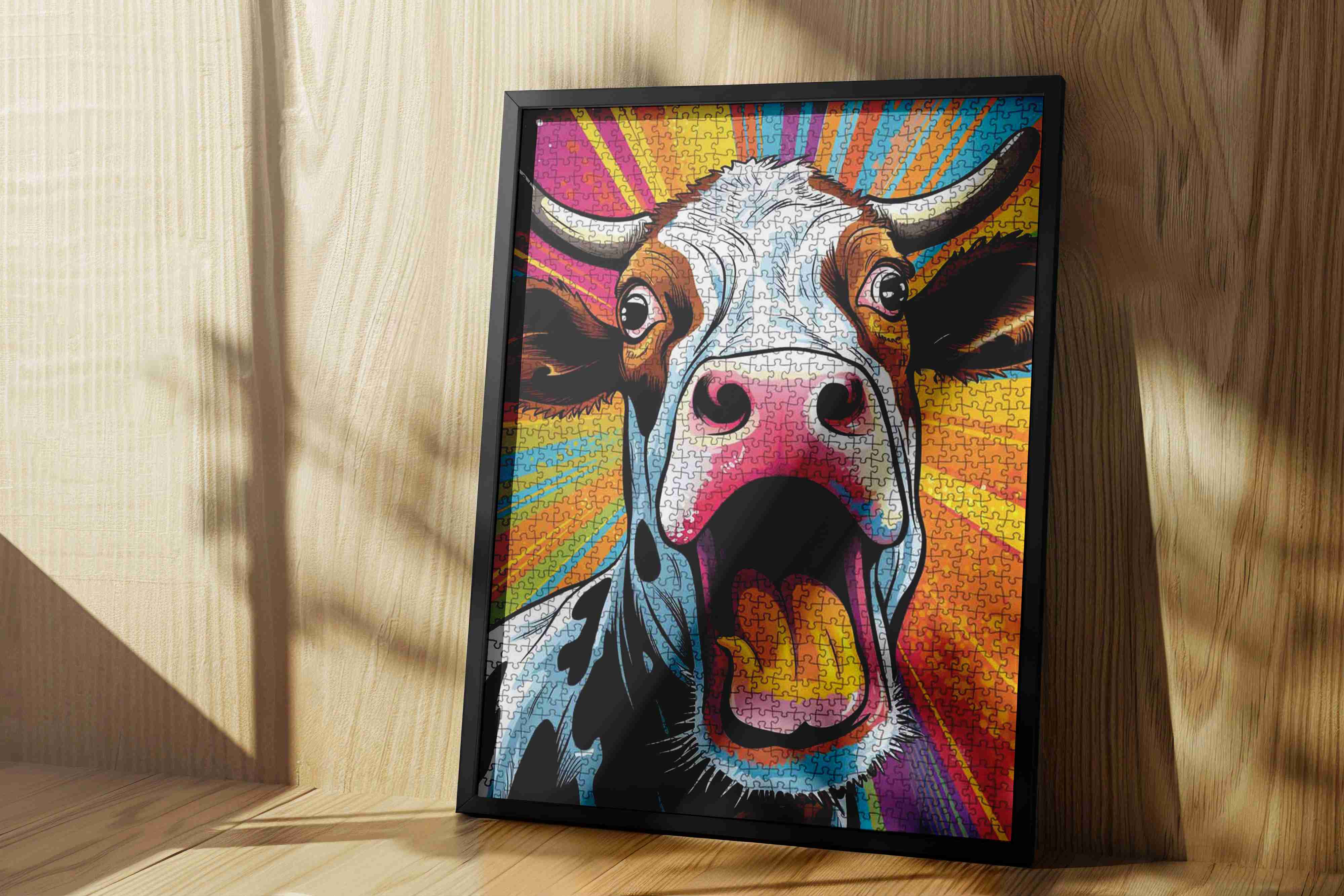
🎨 Pop culture art draws inspiration from popular elements like TV shows, movies, and everyday life. It incorporates vibrant colors and imagery from advertisements to resonate with audiences. Artists like Andy Warhol and Roy Lichtenstein transformed ordinary objects into pop culture art, blending high and low culture. This artistic style remains significant today, evolving alongside emerging trends.
Key Takeaways
Pop culture art mixes daily life with creativity. It uses bright colors and well-known pictures to reach people.
Artists such as Andy Warhol and Roy Lichtenstein turned common items into famous art. This made art easy to enjoy for all.
Pop art questions old art rules by adding humor and pop culture. It starts talks about society and buying habits.
The Origins and Evolution of the Pop Art Movement
🌟 How pop art started in the 1950s and 1960s
Pop art began in the 1950s and grew in the 1960s. It was a response to traditional art, focusing on popular culture. In 1952, the Independent Group in the UK helped shape this style. They studied how American culture changed art and questioned old ideas. By 1955, Lawrence Alloway named it "pop art," linking it to ads and media.
Shows like This Is Tomorrow in 1956 showed how pop art used modern life in art. Artists like Richard Hamilton and Eduardo Paolozzi created early works for the movement. Paolozzi’s collage I Was a Rich Man’s Plaything (1947) even had the word "POP!" in it. In America, artists like Andy Warhol and Roy Lichtenstein made pop art famous with bold, commercial designs.
🛍️ How ads, media, and shopping influenced pop art
Pop art grew in a world full of ads and products. Artists used comics, ads, and daily items for ideas. Claes Oldenburg made big sculptures of everyday things to question their meaning. Warhol’s art, like F-111, mixed products with politics to show problems in society. Repeating images in pop art copied mass production, making objects symbols of consumer life. This style made art easier for people to connect with.
🖼️ Pop art’s move away from traditional fine art
Pop art was very different from traditional fine art. It used popular culture and mixed high and low art styles. Lawrence Alloway explained how art started showing stories about society and shopping, not just beauty. Artists like Warhol and Lichtenstein used ads to challenge art rules. This movement made art and daily life closer, starting new ideas about art’s purpose.
Key Characteristics and Techniques of Pop Culture Art
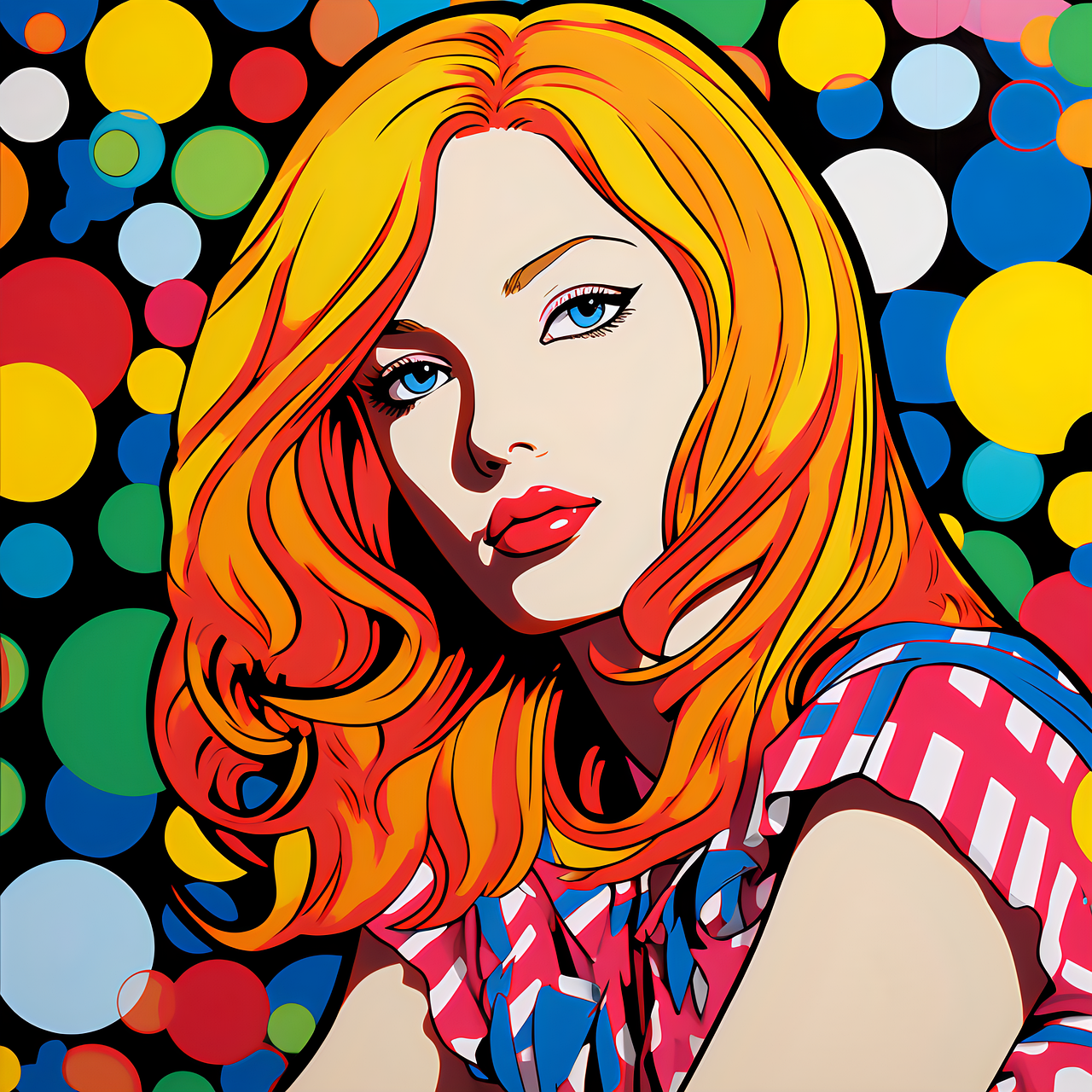
🌈 Bright colors, repeated patterns, and everyday product images
Pop art uses bright colors to catch your eye. These colors look like those in ads, making the art feel fun and familiar. Repeating shapes or pictures is also important. This shows how products are made in large amounts and lose personal meaning. For example, Andy Warhol’s Campbell’s Soup Cans repeats the same image to show how products are all alike. Pop art often includes logos or packaging from stores. This links the art to daily life, making it easy to understand and think about.
🛍️ Common items and famous people as main ideas
Pop art turns normal things into amazing art pieces. Things like soup cans, comics, or even toasters become the focus. This makes people rethink what art can be. Famous people are also a big part of pop art. Artists like Warhol made pictures of stars like Marilyn Monroe into symbols of fame and buying stuff. By using these ideas, pop art mixes the exciting with the everyday, showing the world around you.
🖌️ Methods like printing, cutting, and mixing materials
Pop artists used new ways to make their art. Screen printing, made popular by Warhol, helped create many copies of the same art, just like products in stores. Richard Hamilton used collage by cutting out ads to talk about buying habits. Eduardo Paolozzi used mixed media, adding pictures from magazines to explore culture and identity. These methods were different from old art styles, proving art can come from anywhere. Using things like newspapers and comics made the line between fancy art and regular life unclear.
Did you know? Pop art often uses humor and jokes to talk about buying and culture. By putting strange images together, it makes you think about the world differently.
The Cultural and Societal Impact of Pop Culture Art
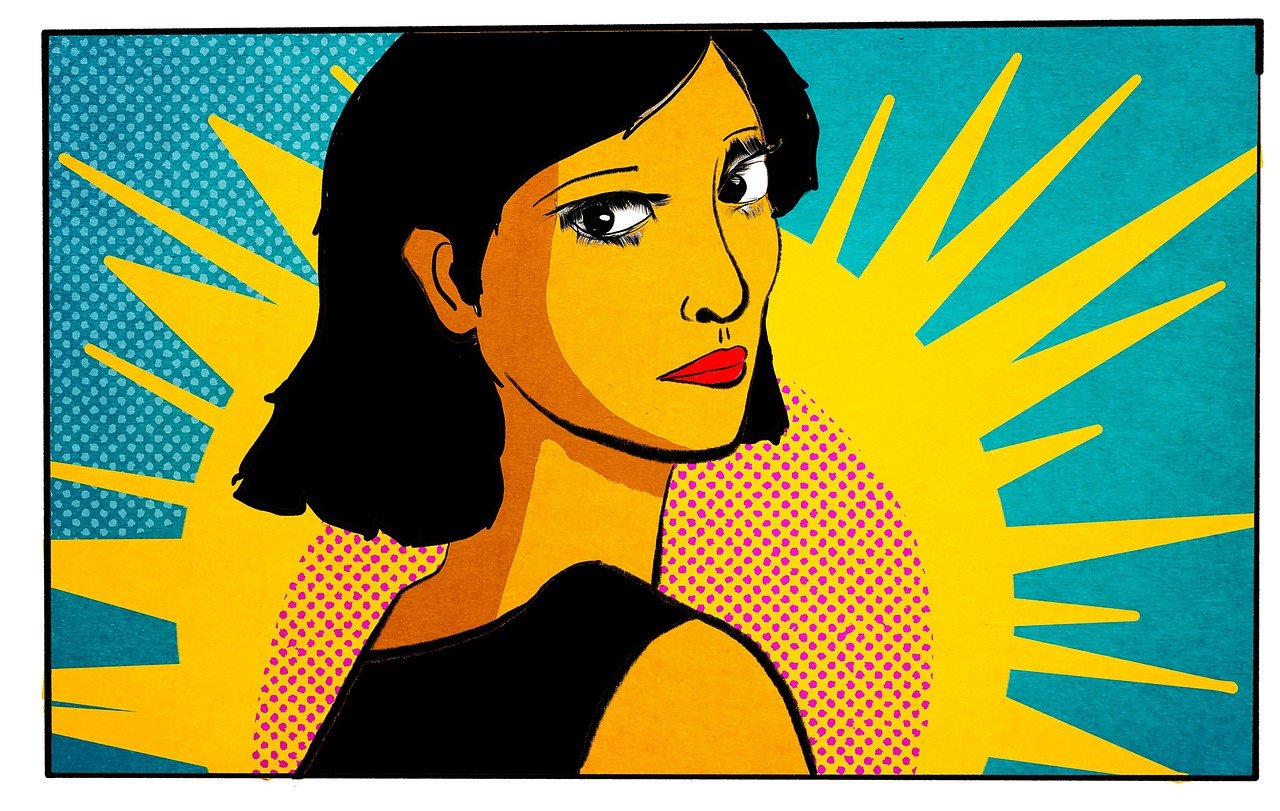
🎭 Breaking the gap between fancy and everyday art
Pop art changed how people think about art. It used things like comics and ads to mix fancy and regular art. Artists like Andy Warhol and Roy Lichtenstein made normal items into amazing art. This made art easier for everyone to enjoy. It also challenged the idea that art is only for a few people. For example, Warhol’s Campbell’s Soup Cans turned a grocery item into something special. This style made art feel closer to daily life and less exclusive.
🪞 Showing and questioning society’s rules and habits
Pop art shows what society values and believes. It uses popular images to start conversations that connect with people. Artists often use jokes and humor to question buying habits. They turn everyday things into symbols that make you think. For example, pop art uses sarcasm to show problems with buying too much stuff. It helps people see the issues with materialism and overusing things. This mix of fun and serious ideas makes pop art interesting and meaningful.
🌐 How pop art shapes today’s art styles
Pop art changed how modern art looks and feels. It mixed culture and trends to create something new. Artists like Warhol and Lichtenstein made styles that still inspire others. You can see pop art’s influence in street art, online designs, and clothing today. It shows how pictures and stories can capture a time period. This lasting impact keeps pop art important in how we see and understand art now.
Notable Artists of the Pop Art Movement and Beyond

🌟 Early artists like Andy Warhol, Roy Lichtenstein, and Keith Haring
Pop art pioneers changed how people see daily life and culture. Andy Warhol, known as the "Prince of Pop," made everyday items into famous art. His Campbell's Soup Cans (1962) turned a grocery product into a cultural icon. Roy Lichtenstein used comic book art to question traditional styles. His painting Whaam! (1963) showed action scenes with bold colors and thick lines. Keith Haring brought pop art to public spaces. His Radiant Baby (1982), drawn on subway walls, stood for hope and happiness. These artists mixed high art with popular culture, making art fun and easy to enjoy.
Fun Fact: Warhol said, "In the future, everyone will be world-famous for 15 minutes." This shows his interest in fame and celebrity life.
🎭 Modern artists like Banksy, Takashi Murakami, and KAWS
Today’s artists keep changing what pop culture art means. Banksy uses street art to talk about social and political problems. His work, like Girl with a Balloon, makes people think about today’s issues. Takashi Murakami mixes Japanese art with pop culture. His bright characters, like Mr. DOB, celebrate the mix of East and West. KAWS changes old cartoon characters, like Mickey Mouse, to explore identity and consumer habits. These artists show that modern art can reflect society’s struggles and values.
🌐 How these artists shaped and still change pop culture art
Pop culture art grows because of these artists’ creative ideas. Warhol and Lichtenstein used ads and products to make art. Haring added social messages to public places. Now, Banksy, Murakami, and KAWS continue this by tackling global topics and blending cultures. Their art changes with the times, staying connected to today’s world. By breaking rules, they keep pop culture art fresh and meaningful.
Pop culture art is a colorful way to show society. It mixes daily life with creative ideas, making it fun and relatable. Bright colors, ads, and popular topics make it stand out. Artists like Andy Warhol and Roy Lichtenstein started this style, which still inspires art today and reaches many people.
Key Highlights
The table below shows why pop culture art matters:
Evidence |
Description |
|---|---|
It used popular culture and consumer ideas to break traditions. |
|
Andy Warhol and Roy Lichtenstein’s influence |
They made the style easy to enjoy and reflect society. |
Art showing today’s culture |
Pop art captures life and ideas with bold, lively designs. |
Pop culture art stays important because it changes with the times. It teaches how creativity can turn simple things into amazing art. Its impact is seen everywhere, like in street art and online designs, proving it’s still a big part of today’s culture.
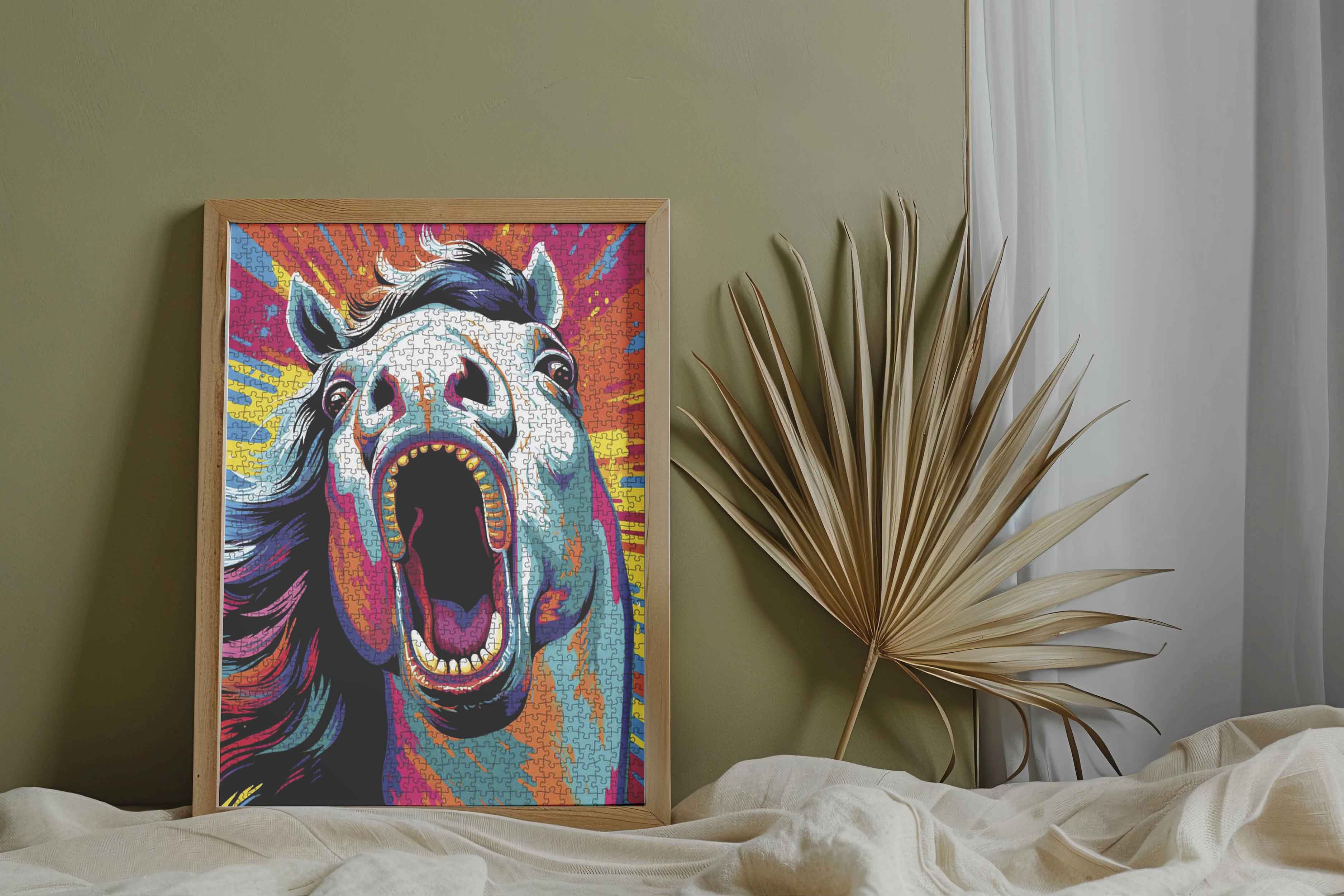
Tucocoo Pop Art Jigsaw Puzzles

